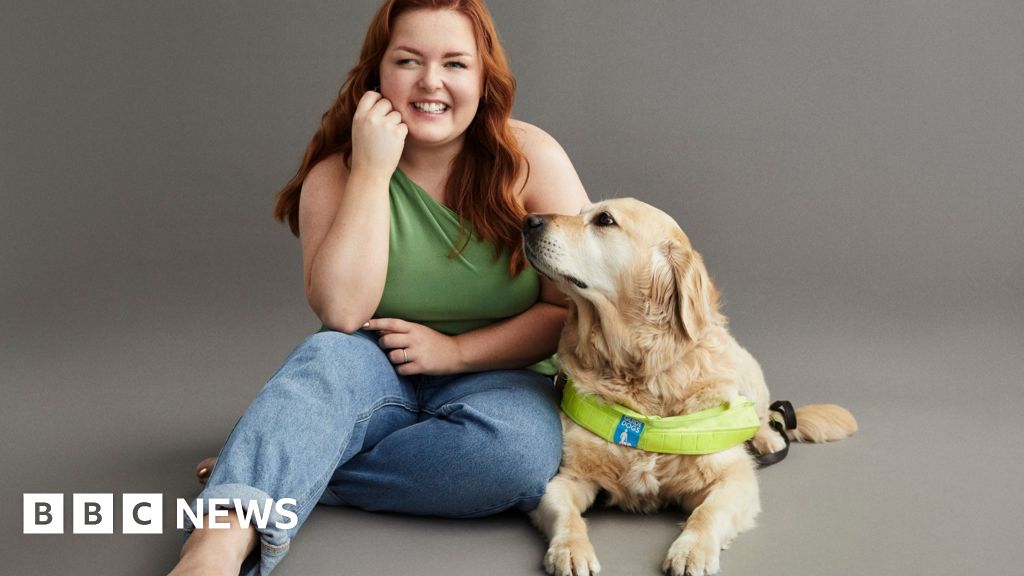ARTICLE AD BOX
By Eunan McConville
BBC News NI
The coronavirus pandemic has been going through something of a gear shift in the past few weeks.
Omicron has meant a sustained rise in the number of confirmed cases, but hospital numbers have been slowly falling.
The Delta variant is still out there and is causing people to require hospital treatment.
While there's been an increase in the UK's death rate, not all of these deaths have been 'true' Covid deaths.
And it should be remembered that despite huge numbers of people being tested, not all cases of Covid will be captured by a positive test.
That means that the virus is circulating more than the confirmed case numbers would suggest.
In short, Omicron means that we need to add a layer of context to the figures around the pandemic.
As the figures stand, the picture in Northern Ireland can be boiled down as follows: confirmed infections remain relatively steady, and high; numbers in hospital continue to decrease slowly; the death rate has been relatively steady.
Let's have a closer look at the data.
Case numbers
Confirmed cases in Northern Ireland have started to even out somewhat following the considerable spike over Christmas and the new year.
It's worth bearing in mind that testing requirements have recently changed - the need to get a confirmatory PCR test following a positive lateral flow result has been dropped.
This will have affected the figures a bit - the picture they portray was not as reliable for a period of time.
In any case, the latest numbers from the Department of Health (DoH) have showed a slight increase over the past week.
But let's put that in a wider context.
We can expect between 3,000 and 4,000 confirmed cases per day at the minute in Northern Ireland.
That's roughly half the rate of the spike at the new year.
And the confirmed case numbers have been in that 3,000-4,000 range for about a fortnight.
Even given the proviso above, the numbers show that the virus is still spreading rapidly in Northern Ireland.
The latest data from the UK government indicates that confirmed cases are now occurring at a higher rate in Northern Ireland than the rest of the UK.
The following are the infection rates per 100,000 populations across the UK for the week up until 18 January:
- England - 974.1
- Scotland - 529.7
- Wales - 480.8
- Northern Ireland - 1,353.6
Northern Ireland's infection rate evidently is a lot higher than Great Britain's.
But again, the context of Omicron needs to be applied.
The high transmissibility of the variant, the fact some people have no symptoms at all with Omicron and variance in the availability of testing need to be factored in.
For the record, the Republic of Ireland's infection rate for the same period was 1,885.6.
The effect of the return to school can easily be seen in the numbers.
Over the Christmas break, infections in children aged between 5-14 contracted.
However, that age group (mostly unvaccinated) accounted for 31% of new infections in the week covered by the Department of Health's latest data.
Omicron has certainly meant that counting case numbers is now trickier, but the fact remains that the virus is spreading at a very high rate in Northern Ireland.
That said, the key question is how that high rate is affecting our health service.
Hospital admissions
The large spike in cases has not led to a similarly high increase in the numbers of people in hospital with the virus.
In fact, Covid inpatient numbers in Northern Ireland have been on a slow downward trajectory for about two weeks.
The latest Department of Health figures record fewer than 400 people in hospital with the virus - the first time that's happened since Christmas.
Again, context is important.
Four hundred inpatients with Covid is not low. It's just lower than it has been in a while.
It's a number which - apart from the peak over the new year - has been relatively consistent since the Delta variant appeared.
And that's another very important point - the Delta variant is still being spread and causing many people to seek hospital treatment.
The number of people in intensive care with the virus has slipped below 30 and stayed there for about a week.
The latest figures show 24 people with Covid in intensive care, 19 of whom are ventilated and require help to breathe.
While there is cause of hope from the slow-falling numbers of Covid patients in hospital, it's worth remembering that there are more people in Northern Ireland's hospitals than there are beds.
It's been that way for a long time.
Deaths
Northern Ireland's death rate as reported by the Department of Health has fallen slightly in January, with a seven-day rolling average of four deaths per day.
Again, the Omicron variant has the ability to affect the reliability of the numbers here.
The Department of Health reports deaths within 28 days of a positive Covid test.
These include deaths for any reason.
In the vast majority of these cases, coronavirus will have been the primary cause of death.
But with Omicron being so widespread, the probability of deaths for other reasons inside that 28-day window starts to increase.
Some statisticians prefer the measure of deaths based on registration.
This is the number which the Northern Ireland Statistics and Research Agency (Nisra) produces each week.
And this weekly number runs a week behind real-time.
Forty-three death certificates which mentioned Covid-19 were registered in the week up to 14 January.
Vaccinations
The rate of vaccination has slowed in Northern Ireland.
This is in line with the rest of the UK.
With fewer people left to vaccinate, it's natural that the speed of vaccination would slow down.
Northern Ireland has the lowest uptake in vaccination in the UK.
This has been the case for some time, although we have managed to close some gaps - most noticeably in third/booster dose uptake.
It's also important to point out that Northern Ireland has a good level of vaccination, with almost 90% of people aged 12 and over having had at least one dose.

 3 years ago
41
3 years ago
41








 English (US) ·
English (US) ·